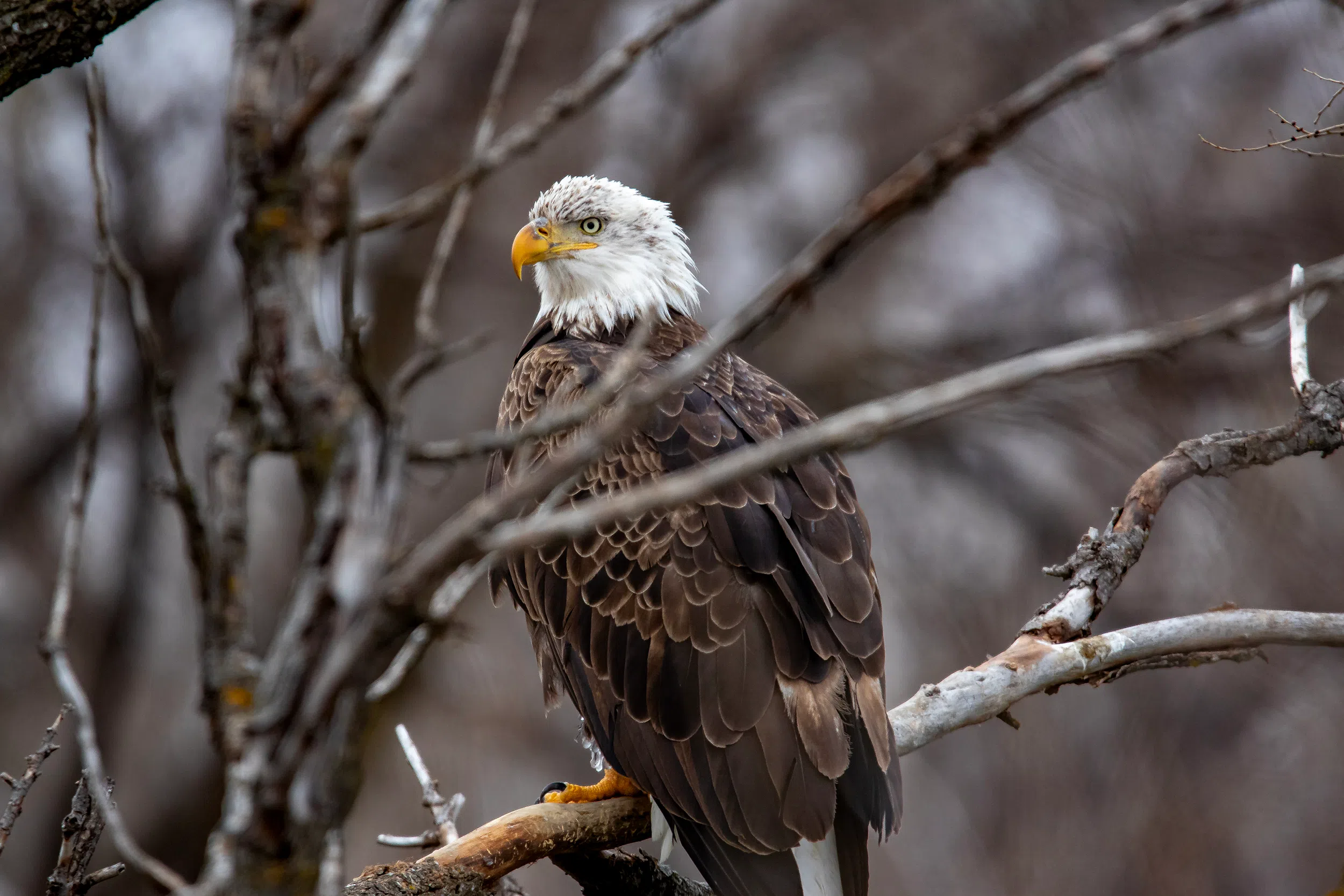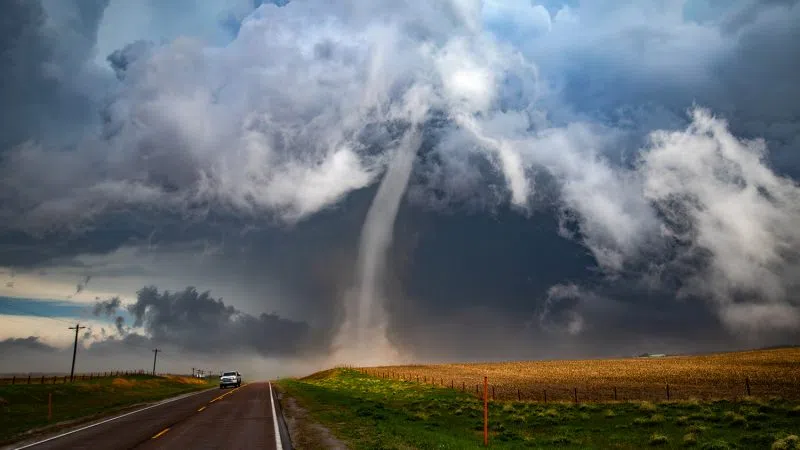LEXINGTON — The bald eagle, one of the most easily identifiable birds in the United States, can be commonly found in parts of Nebraska during the winter months. One of the areas is in south central Nebraska.
“Bald eagles can be seen year-round across the state of Nebraska. However, winter and early spring is the best time of year to see numbers of Bald Eagles. If you are interested in seeing large numbers of eagles, an excellent strategy is to visit any large reservoir in late February or early March once there is some open water and migrating waterfowl have arrived. Reservoirs that possess some ice are ideal,” according to Nebraska Game and Parks.
In the winter, November through January, concentrations of bald eagles often occur at reservoirs that maintain some open water.
One of the favored sites to view bald eagles in the local area is the J-2 hydro plant maintained by Central Nebraska Public Power and Irrigation District south of Lexington in northern Gosper County.
The viewing site at J2 is open every Saturday and Sunday through Feb. 23 from 8 a.m. to 1 p.m.
Other viewing sites include Sutherland Reservoir near North Platte, Harlan County Reservoir near Alma, and below Gavin’s Point Dam near Yankton, South Dakota, Lake Ogallala and Lake McConaughy.
“In Nebraska, the first modern report of breeding activity was in 1973. However, the first successful modern nesting did not occur until 1991 in Douglas County when an eaglet fledged from a nest near Valley. Since 1991, the number of active nests has increased each year. In 2012 more than 100 active nests were surveyed,” according to Game and Parks.
“Nebraska’s wintering bald eagle population fluctuates year to year, presumably in response to variables such as food and weather. Even with these variations, the number of bald eagles occurring in Nebraska during the non-breeding season has increased during the last several decades,” Game and Parks states.
The bald eagle is an opportunistic carnivore with the capacity to consume a great variety of prey. Fish often comprise most of the eagle’s diet throughout their range.
To hunt fish, the eagle swoops down over the water and snatches the fish out of the water with its talons. They eat by holding the fish in one claw and tearing the flesh with the other. Eagles have structures on their toes called spicules that allow them to grasp fish.














